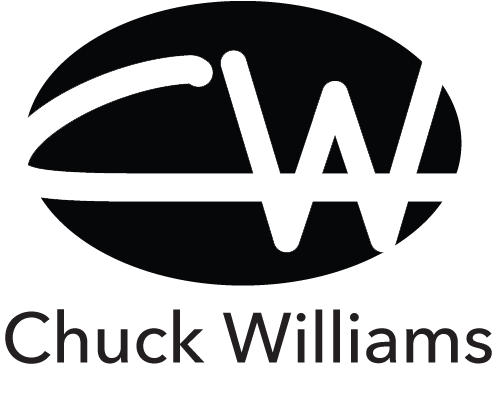Several weeks ago, I was scrolling through Facebook posts. As you may know about me, I am a space geek. I grew up during the Space Race between the USA and the Soviet Union (now disbanded and mainly referred to as Russia, the main constituent of the USSR of that era).
Anyway, being all about art, science, technology, retro design, and science fiction, I subscribe to quite a few esoteric pages. So while scrolling, I paused on one whose title was something like “NASA is looking for creative ideas to feed the colonist on the moon and Mars” or something similar. Yeah, who isn’t? Sounded like one of those insipid Science dot com pages that actually lead nowhere and impart nothing I don’t already know. Idiocritized science for people who know little to nothing about current science.
I continued scrolling and soon came across a random science article about “Duckweed: The Next Superfood”. Okay, I know a little something about duckweed from having aquariums. Little tiny lilypad-looking plants that float on top of the water and eventually get sucked into the aquarium filter and cause grief, if they don’t multiply so fast that they cover the entire aquarium surface and you have to scoop out most of it with a net so the rooted plants below the surface can get enough light to survive. And, apparently, if they are not in your aquarium but rather in a pond, in the wild, ducks eat them like caviar. Hence the name.
So I scanned through that article and it proclaimed how one particular variety of duckweed is an excellent source of protein. Eaten in Asia as a source of protein higher than soybeans. And, not only is it edible, and grows prolifically, but it is a fantastic natural water purifier, removing CO2 and nitrates from the water (and air). It can detoxify water and produces (drumroll please): Pure Oxygen. Good little plants!
Ding Ding Ding!
Suddenly the previous article about NASA needing ideas for food sources on MoonBase Alpha became a hydroponic solution using this tiny little duckweed which not only filters out the CO2 from the base’s atmosphere, makes breathable O2 for those poor bastards (of which I wish I could be amongst), and they can also spread it on their microwaved salmon, deli sliced turkey or peanut butter sandwiches for extra protein boosts.
Sidenote— I watched a YouTube video while researching this and discovered there is a company in Israel that is bringing to market this duckweed variety as a protein spread, I assume available sometime soon in health-food stores. The video included taste-testers who described the taste as mild, kinda like almonds, and would compliment just about anything. The company seems to be also test marketing a sleek-looking counter-top smoothy machine for the product, so they are targeting high-end health-conscious consumers.
I also saw another company doing similar research with this duckweed varietal.
Back to the main story: Plus, this plant has been used and proven effective in municipal water filtration systems to clean and purify sewage. But I would guess this duckweed would not be introduced as part of the astronaut food chain, at least not directly. Maybe as a fertilizer for other plants or feed for fowl grown in the MoonBase farms. So you could use this same plant to help the sewage system on the MoonBase, and it’s own waste could be used to fertilize other edible crops or fauna.
WHICH LEADS ME TO…
I decided “Why the hell not?”
—Or—
I need a real life.
I have been procuring various cheap components to try out this idea of using this wee little duckweed to filter water (with added CO2) and see how well it does. I am sure my results will not be valid as my test equipment will be pretty slam bang theater, and not actual control equipment. But maybe if I show a bit of results, it might merit further research at a more reputable lab with better equipment.
The most difficult aspect of this entire experiment has been finding this actual duckweed variety/species. Wollfia Globosa. That is the golden child. There are other variants of that species, but that one superfood is not to be found anywhere that will ship it to little old me. If you happen to be reading this and have a source for that exact plant, please let me know. As it is, I have found several online aquarium outlets that have a very similar species; that is what I will be starting off with. Wollfia (undetermined). Looks like what I want, but who knows….
My idea is to use the wire shelving racks with full-spectrum LED lighting strips I already have, which I use to root garden plants, with some cheap polypropylene storage bins and some aquarium air pumps, valves, etc. I think four bins will do, maybe six. I will make clear acrylic lids to place on the tops, because all of these cheap tote bins have opaque lids which will block the lighting. Drill holes for aquarium tubing and seal the tubes with silicone glue, bubble stones for aeration. All get hooked to aquarium pump, issuing regular air. Several get hooked up with regular air and also injected with additional CO2 via a tank/valve system, to simulate the dirty CO2-rich air that a CO2 scrubbing system would need to have on a MoonBase. Several “Control” bins, several bins with duckweed. Some O2 sensor and CO2 sensor (which I have learned are waaaay more expensive than I thought they would be and will probably be purchased after I make sure the main experiment is viable) will be needed to validate the crude experiment.
It may all be a silly bullshit experiment, but that’s the sort of stuff I enjoy.
Science the shit out of it! (But leave the math for somebody else!)
Geek. Me.
Live Long and Prosper.

